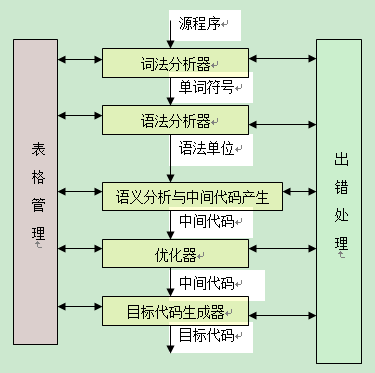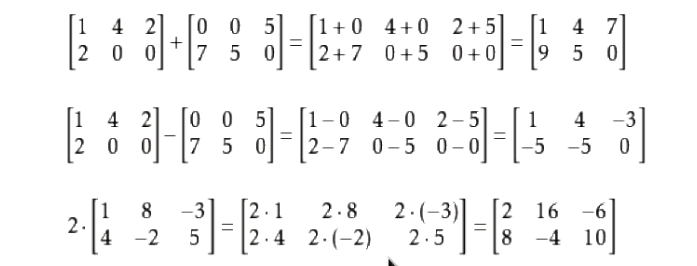I have a time series dataframe, the dataframe is quite big and contain some missing values in the 2 columns('Humidity' and 'Pressure'). I would like to impute this missing values in a clever way, for example using the value of the nearest neighbor or the average of the previous and following timestamp.Is there an easy way to do it? I have tried with fancyimpute but the dataset contain around 180000 examples and give a memory error 
问题:
回答1:
Consider interpolate (documentation). This example shows how to fill gaps of any size with a straight line:
df = pd.DataFrame({'date': pd.date_range(start='2013-01-01', periods=10, freq='H'), 'value': range(10)})
df.loc[2:3, 'value'] = np.nan
df.loc[6, 'value'] = np.nan
df
date value
0 2013-01-01 00:00:00 0.0
1 2013-01-01 01:00:00 1.0
2 2013-01-01 02:00:00 NaN
3 2013-01-01 03:00:00 NaN
4 2013-01-01 04:00:00 4.0
5 2013-01-01 05:00:00 5.0
6 2013-01-01 06:00:00 NaN
7 2013-01-01 07:00:00 7.0
8 2013-01-01 08:00:00 8.0
9 2013-01-01 09:00:00 9.0
df['value'].interpolate(method='linear', inplace=True)
date value
0 2013-01-01 00:00:00 0.0
1 2013-01-01 01:00:00 1.0
2 2013-01-01 02:00:00 2.0
3 2013-01-01 03:00:00 3.0
4 2013-01-01 04:00:00 4.0
5 2013-01-01 05:00:00 5.0
6 2013-01-01 06:00:00 6.0
7 2013-01-01 07:00:00 7.0
8 2013-01-01 08:00:00 8.0
9 2013-01-01 09:00:00 9.0
回答2:
You could use rolling like this:
frame = pd.DataFrame({'Humidity':np.arange(50,64)})
frame.loc[[3,7,10,11],'Humidity'] = np.nan
frame.Humidity.fillna(frame.Humidity.rolling(4,min_periods=1).mean())
Output:
0 50.0
1 51.0
2 52.0
3 51.0
4 54.0
5 55.0
6 56.0
7 55.0
8 58.0
9 59.0
10 58.5
11 58.5
12 62.0
13 63.0
Name: Humidity, dtype: float64
回答3:
Interpolate & Filna :
Since it's Time series Question I will use o/p graph images in the answer for the explanation purpose:
Consider we are having data of time series as follows: (on x axis= number of days, y = Quantity)
pdDataFrame.set_index('Dates')['QUANTITY'].plot(figsize = (16,6))

We can see there is some NaN data in time series. % of nan = 19.400% of total data. Now we want to impute null/nan values.
I will try to show you o/p of interpolate and filna methods to fill Nan values in the data.
interpolate() :
1st we will use interpolate:
pdDataFrame.set_index('Dates')['QUANTITY'].interpolate(method='linear').plot(figsize = (16,6))

NOTE: There is no time method in interpolate here
fillna() with backfill method
pdDataFrame.set_index('Dates')['QUANTITY'].fillna(value=None, method='backfill', axis=None, limit=None, downcast=None).plot(figsize = (16,6))

fillna() with backfill method & limit = 7
limit: this is the maximum number of consecutive NaN values to forward/backward fill. In other words, if there is a gap with more than this number of consecutive NaNs, it will only be partially filled.
pdDataFrame.set_index('Dates')['QUANTITY'].fillna(value=None, method='backfill', axis=None, limit=7, downcast=None).plot(figsize = (16,6))

I find fillna function more useful. But you can use any one of the methods to fill up nan values in both the columns.
For more details about these functions refer following links:
- Filna: https://pandas.pydata.org/pandas-docs/stable/reference/api/pandas.Series.fillna.html#pandas.Series.fillna
- https://pandas.pydata.org/pandas-docs/stable/reference/api/pandas.Series.interpolate.html
There is one more Lib: impyute that you can check out. For more details regarding this lib refer this link: https://pypi.org/project/impyute/
回答4:
Looks like your data is by hour. How about just take the average of the hour before and the hour after? Or change the window size to 2, meaning the average of two hours before and after?
Imputing using other variables can be expensive and you should only consider those methods if the dummy methods do not work well (e.g. introducing too much noise).




